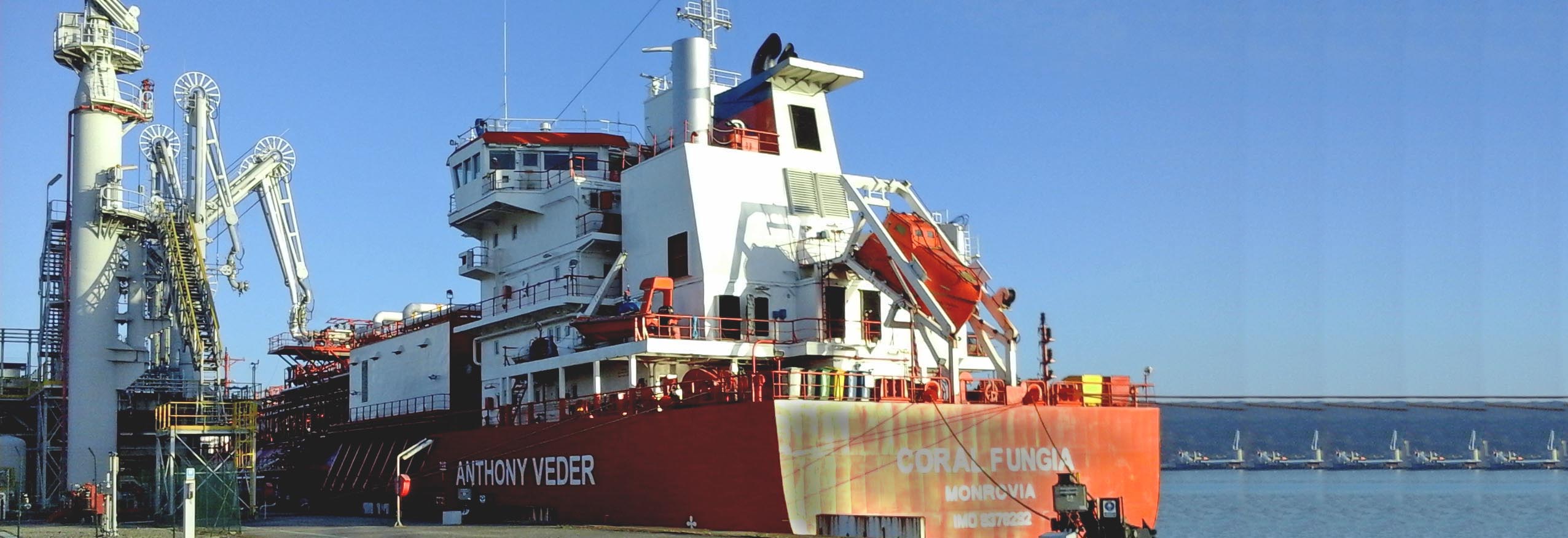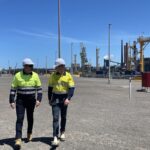The Reganosa terminal in Mugardos welcomed the smallest vessel that has ever docked on its pier on last Sunday. It was the Coral Fungia, a ship that is only 137 metres in length and which unloaded 9,500 cubic metres of liquefied natural gas (LNG) from the liquefaction plant in Cryogas in Vysotsk on the Baltic coast of Russia. This operation is a step forward for small-scale vessel activity, an area in which a big increase is expected to be seen with the introduction of LNG as a fuel in shipping.
The Coral Fungia has a deadweight tonnage of 10,441 tonnes. Aside from serving conventional plants like the one in Mugardos, the vessel is able to transport smaller quantities of LNG to smaller plants located on ports, meaning it can directly supply another ship with fuel thanks to its double manifold at different heights.
The liquefaction plant that the Coral Fungia comes from only began exporting this past April. It is also small, with an annual capacity of 640,000 tonnes of GNL per year. This is because its owner, the company Novatek, has set the goal of supplying fuel to various fleets that traverse the Baltic Sea, where limits for greenhouse gas emissions have been established for the vessels in its waters. This means that LNG is predicted to be in high demand in the region, where satellite port plants may also begin to increase in number.
In accordance with the evolution of the sector, Reganosa is progressing with its adaptation of the pier for small-scale vessel traffic, for which it will be equipped with suitable connections for receiving and supplying LNG to small gas tankers that can supply satellite port plants or other vessels that use this type of fuel for shipping.



